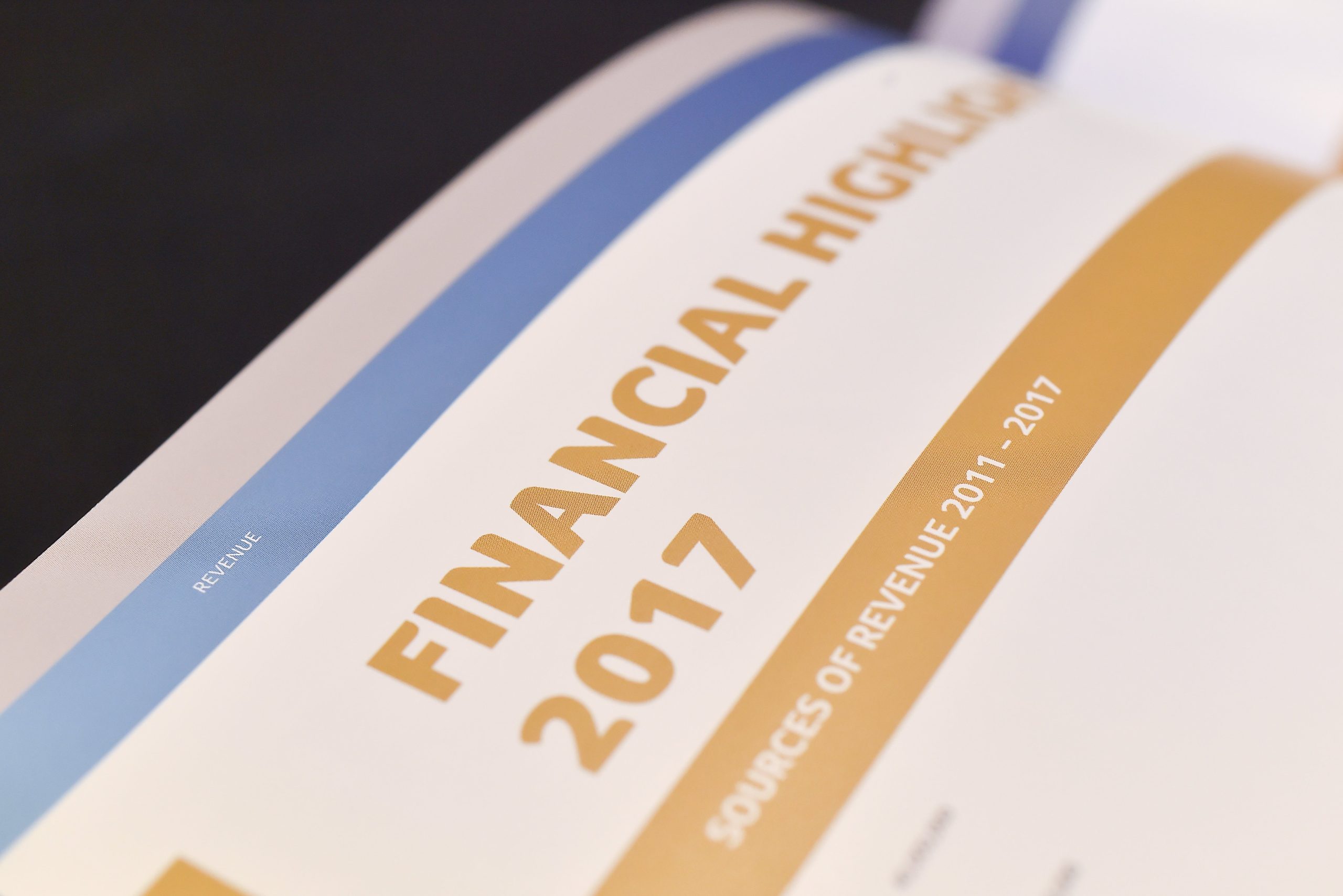THE financial statements are a vital document for the efficient and transparent operation of any GAA club. They provide the club members and other stakeholders with key information including:
– Income and expense for the year.
– Amounts held in the bank.
– Amounts owed to suppliers.
– Value of club assets.
– Size of club debt (if any).
The AGM provides an opportunity for club members to ask the treasurer about various club finance issues and to seek clarity in any figures.
Format of the Financial Statements
The financial year for all GAA clubs runs from the 1st of October to the 30th of September the following year and should be made up to a date not more than six months before the AGM.
The financial statements of a club can be broken down into two main elements: The profit and loss account and the balance sheet. The profit and loss account outlines the financial performance of the club for the year detailing the various incoming amounts and expenditures.
The income of the club should be organised under the following headings:
– Gate receipts.
– Fundraising.
– Sponsorship.
– Donations.
– Membership.
– Grants received.
– Miscellaneous income.
The income should be accounted for on an accruals basis which means that it should be included in the club financial statements within the year it is due even if the amount is received post year end.
Any amounts outstanding in the year end will be reflected in the balance sheet (as detailed below). Likewise, the expenditure of the club should reflect what was purchased during the year regardless of the timing of payment. Club expenditure should be organised into the following headings:
– County affiliation fees.
– Player injury fund/public liability insurance.
– Team expenses.
– Heat, light and power.
– Rates.
– Repairs and maintenance.
– Bank charges and interest.
– Fundraising costs.
– Administration costs.
– Miscellaneous.
Totalling both categories and subtracting expenditure from income will give rise to a surplus or deficit of income over expenditure for the year.
The balance sheet is the second key part of the financial statements and provides a snapshot of the club finances at a particular point in time. It summaries the assets (what is owned and owed to the club) and the liabilities (what the club owes to others).
An example of the layout of a typical club balance sheet is outlined below:
– Fixed assets.
– Land and buildings.
– Fixtures and fittings.
– Current assets.
– Amounts owed to the club.
– Cash in hand and at bank.
– Stock (i.e. club shop stock).
– Total assets (fixed assets and current assets).
– Current liabilities.
– Amounts owed to suppliers.
– Bank loans.
– Net assets (Total Assets minus liabilities).
– Capital account.
– Retained surplus.
– Surplus for the year.
– Total capital.
The total capital figure should balance with your net assets. Clubs may require some expert assistance to draw up a balance sheet. It can be a useful exercise to show the members what the club is worth.
It is also required by most lenders if applying for finance. An accounts template is available to assist in the preparation of your accounts and can be found on the Ulster GAA website under the following link: ulster.gaa.ie/community/resources.
Reporting on the Financial Statements
The financial statements must then be reported at the AGM. The report should contain commentary on the financial performance of the club, an explanation of variance between figures year on year and detail of how some of the larger groups of expenditure are made up accompanied by the written financial statements.
The treasurer should be prepared to answer any questions on the accounts. The financial statements should be signed by two of the three officers – chairperson, secretary, treasurer – on behalf of the executive committee and then submitted to the county board within four weeks of their adoption at the club AGM.
If you require any further information on the above, please contact treasurer of Ulster GAA Declan Woods at treasurer.ulster@gaa.ie or finance manager Ruairi Cunningham at ruairi.cunningham.ulster@gaa.ie.
Receive quality journalism wherever you are, on any device. Keep up to date from the comfort of your own home with a digital subscription.
Any time | Any place | Anywhere













